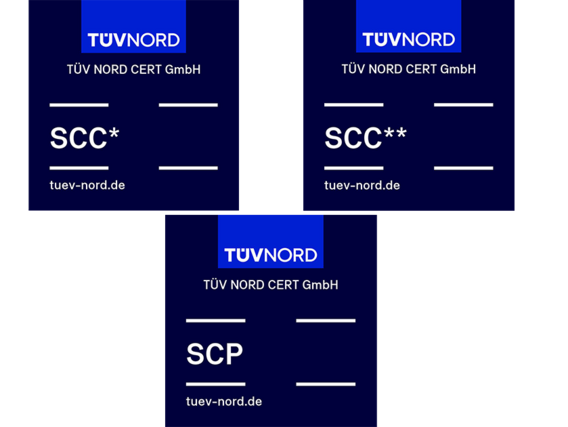
SCC - Safety Certificate Contractors
In industrial parks and large factories, external contractors are regularly used for technical services or work . The contractors' external employees are not familiar enough with the work processes and other conditions to be able to recognise potential sources of danger. This can result in risks that can lead to operational disruptions and, in the worst case, even to considerable personal injury, environmental damage or damage to property.
Certification in accordance with SCC regulations is aimed at companies that work as contractors in large factories and industrial parks. However, it is generally suitable for all manufacturers and service providers, both nationally and internationally.
TÜV NORD offers you as a contractor a corresponding certification in accordance with the SCC regulations (Safety Certificate Contractors) as proof that essential occupational health and safety requirements are met. The certificate proves to your clients that you fulfil the basic (occupational) safety, health and environmental protection standards (SHE). The certificate is therefore an indispensable prerequisite in many industries, both nationally and internationally, in order to be considered when awarding contracts.